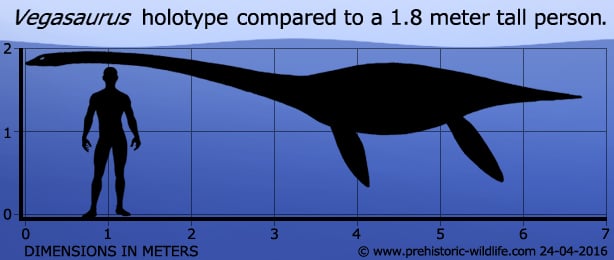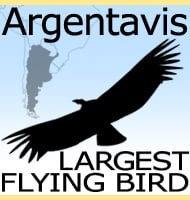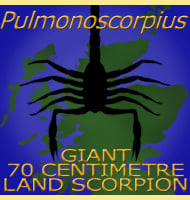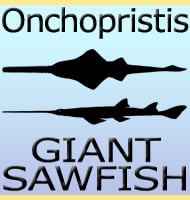In Depth
Vegasaurus is a genus of elasmosaurid plesiosaur that lived in the waters around what we now know as Antarctica during the late Cretaceous. It should be remembered at this stage that during the late Cretaceous Antarctica was closer to the equator than it is today, and the climate and water temperature would have been warmer than today. Vegasaurus is the first elasmosaurid plesiosaur to have a cervical (neck) vertebrae count of fifty-four. Study of the finer details of the fossils of Vegasaurus have led to discovery that Vegasaurus was a relative of such genera as Morenosaurus and Kaiwhekea, though Morenosaurus seems to be the closer relative. Vegasaurus would have also been living in the same waters and at the same time as another genus of plesiosaur called Aristonectes.
The skull of Vegasaurus is unknown at the time of writing, however the size of the cervical vertebrae show that it would have been small and perhaps also lightly built. Relative genera like Kaiwhekia are also known for their very small skulls, and by association and available fossil evidence, it is likely that Vegasaurus would have also had a small skull.
Further Reading
- Vegasaurus molyi, gen. et sp. nov. (Plesiosauria, Elasmosauridae), from the Cape Lamb Member (lower Maastrichtian) of the Snow Hill Island Formation, Vega Island, Antarctica, and remarks on Wedellian Elasmosauridae. - Journal of Vertebrate Paleontology 35 (3). - Jos� P. O’Gorman, Leonardo Salgado, Eduardo B. Olivero & Sergio A. Marenssi - 2015.










